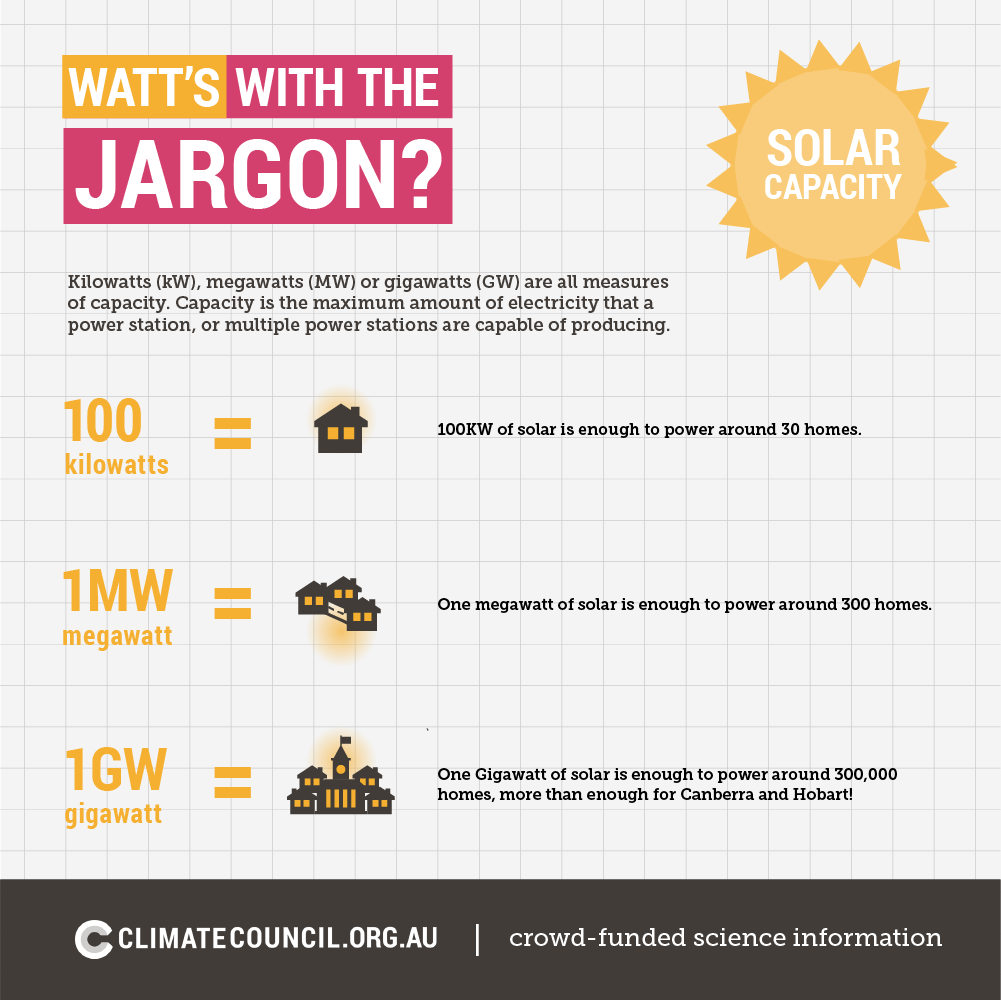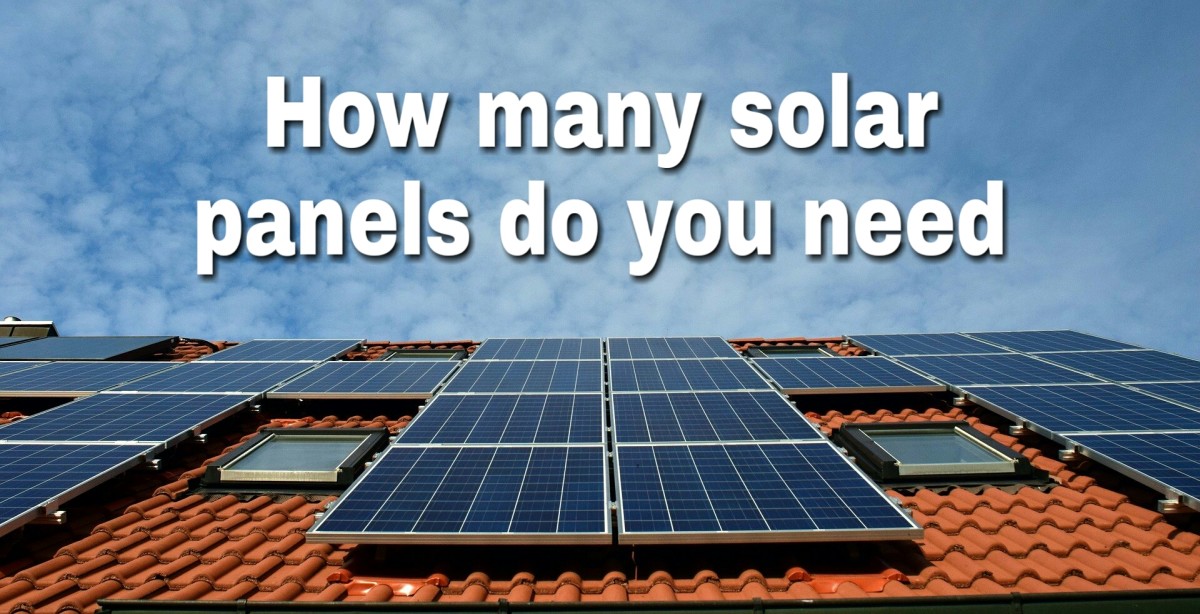Get the latest information about How Many Watts Are Required To Power A House in this article, hopefully providing better understanding for you.
The amount of wattage required to power a house can vary widely depending on various factors, including the size of the house, the number of appliances and electronic devices used, the efficiency of the appliances and lighting, the climate, and the lifestyle of the occupants. However, it is possible to estimate the average wattage required to power a house based on certain assumptions.

How Many Watts Are Required To Power A House
According to the U.S. Energy Information Administration (EIA), the average American household consumes approximately 10,715 kilowatt-hours (kWh) of electricity per year. This equates to an average power consumption of about 1.2 kilowatts (kW) or 1,200 watts. However, it is important to note that this is just an average, and individual households may consume significantly more or less electricity depending on their specific circumstances.
Factors that Affect Wattage Requirements
Several factors can affect the wattage requirements of a house. These factors include:
- Size of the house: Larger houses generally require more wattage to power than smaller houses.
- Number of appliances and electronic devices: The more appliances and electronic devices that are used in a house, the greater the wattage requirements will be.
- Efficiency of appliances and lighting: Energy-efficient appliances and lighting use less wattage than older, less efficient models.
- Climate: Homes in warmer climates may require more wattage for air conditioning, while homes in colder climates may need more wattage for heating.
- Lifestyle of the occupants: Households with occupants who spend a lot of time at home and use many appliances and electronic devices will generally have higher wattage requirements than households with occupants who are away from home for long periods of time and use fewer appliances and electronic devices.
Estimating Wattage Requirements
To estimate the wattage requirements of your house, you can start by adding up the wattage of all the appliances and electronic devices that you use regularly. You can find the wattage of an appliance or electronic device by looking at the product label or by checking the manufacturer’s website. Once you have added up the wattage of all your appliances and electronic devices, you can then add an additional 20-30% to account for lighting, heating, cooling, and other miscellaneous electrical loads.
For example, if you have the following appliances and electronic devices:
- Refrigerator: 750 watts
- Stove: 3,000 watts
- Dishwasher: 1,200 watts
- Clothes washer: 500 watts
- Clothes dryer: 2,000 watts
- Computer: 250 watts
- Television: 200 watts
- Lighting: 500 watts
The total wattage of these appliances and electronic devices is 8,400 watts. Adding 20% for lighting, heating, cooling, and other miscellaneous electrical loads gives us an estimated wattage requirement of 10,080 watts.
It is important to note that this is just an estimate. The actual wattage requirements of your house may vary depending on your specific circumstances.
Tips for Reducing Wattage Requirements
There are several things you can do to reduce the wattage requirements of your house, including:
- Unplug unused appliances and electronic devices.
- Use energy-efficient appliances and lighting.
- Turn off lights when you leave a room.
- Use natural light whenever possible.
- Adjust your thermostat to a more efficient setting.
- Install a programmable thermostat.
- Weatherize your home.
- Get a home energy audit.
By following these tips, you can reduce the wattage requirements of your house and save money on your energy bills.
FAQs
Q: How many watts does a typical house use?
A: The average American household consumes approximately 10,715 kilowatt-hours (kWh) of electricity per year, which equates to an average power consumption of about 1.2 kilowatts (kW) or 1,200 watts.
Q: What are some factors that can affect the wattage requirements of a house?
A: Factors that can affect the wattage requirements of a house include the size of the house, the number of appliances and electronic devices used, the efficiency of the appliances and lighting, the climate, and the lifestyle of the occupants.
Q: How can I reduce the wattage requirements of my house?
A: You can reduce the wattage requirements of your house by unplugging unused appliances and electronic devices, using energy-efficient appliances and lighting, turning off lights when you leave a room, using natural light whenever possible, adjusting your thermostat to a more efficient setting, installing a programmable thermostat, weatherizing your home, and getting a home energy audit.
Q: How much does it cost to power a house?
A: The cost to power a house will vary depending on the wattage requirements of the house and the local electricity rates. However, the average American household spends about $115 per month on electricity.
Conclusion
The amount of wattage required to power a house can vary widely depending on several factors. However, by understanding the factors that affect wattage requirements and by taking steps to reduce wattage consumption, homeowners can save money on their energy bills and help to reduce their environmental impact.
Are you interested in learning more about how to reduce the wattage requirements of your house? If so, please leave a comment below.
How Many Watts Are Required To Power A House

Image: tguebiwxfj.blogspot.com
An article about How Many Watts Are Required To Power A House has been read by you. Thank you for visiting our website, and we hope this article is beneficial.